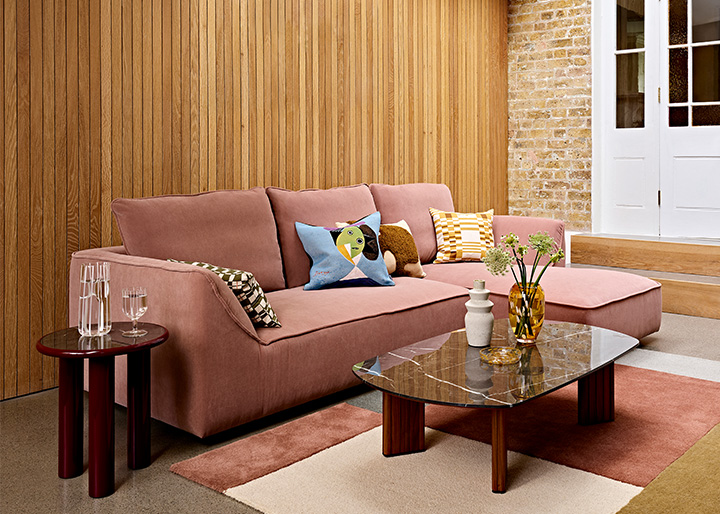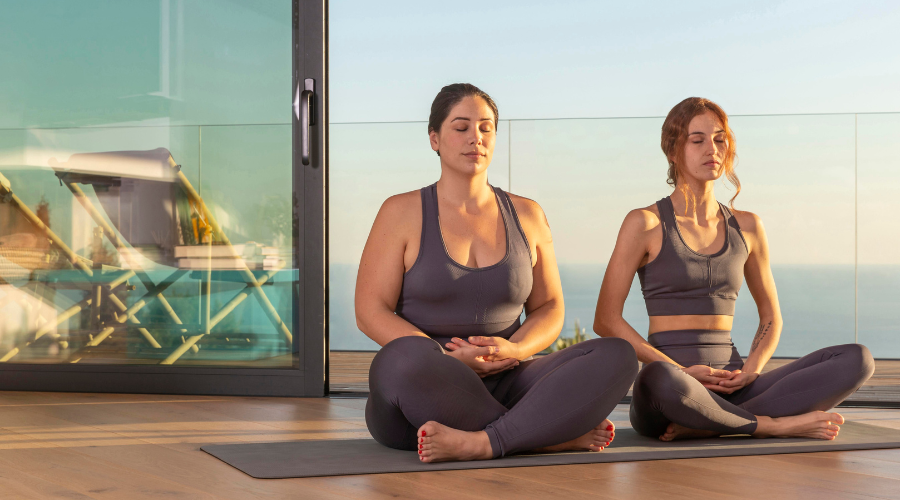If you live in a small apartment (or plan to), choosing the right sofa is one of the most important (and tricky) decisions. The wrong sofa can make the room feel cramped; the right one can open up the space, add comfort, and even become a focal point. Below is a detailed guide to buying a sofa for a small apartment — plus ideas and examples (with pros, cons, and what to watch out for).
🧠 What to Consider Before Buying
Before you even start browsing sofas, spend time planning. Here are key criteria to guide your decision:
| Feature | Why It Matters in a Small Apartment | What to Aim For |
|---|---|---|
| Dimensions & Scale | A sofa that’s too wide/deep will dominate the room and block walkways | Measure the wall/space available, allow clearance (doors, walkways). Avoid pieces deeper than ~35–38″ (or even less) if space is tight. |
| Height / Visual Weight | Tall backs or bulky bodied sofas can “weigh” down the room visually | Opt for low-profile backs, exposed legs (so space underneath is visible) to keep things airy. |
| Seat Depth | Deeper seats reduce circulation room | Choose a medium or shallow depth (e.g. 20–24”) so seating is comfortable without big overhangs. |
| Function / Multi-Use | In small living spaces, every piece often must “do double duty” | Sleeper sofas, modular systems, sofas with storage, or fold-out / pull-down backs are strong choices. |
| Legs & Open Base | Floating furniture looks lighter | Sofas with legs (not skirted, not box base) let light pass under and keep the visual plane open. |
| Modularity / Flexibility | Spaces change (you may move, reconfigure) | Modular pieces that separate or reconfigure help adapt to different layouts. |
| Materials & Maintenance | In smaller homes, wear shows more & cleaning is more frequent | Use fabrics or upholstery that are easy to care for (performance/synthetic blends, slipcovers) and resilient to pets/kids. |
Design experts also caution: avoid oversized, monolithic furniture in small rooms — scale is everything. The Spruce And even sectional pieces can work — but only if they’re well proportioned and low-back.

🛋️ Types of Sofas Ideal for Small Apartments Article
Here are sofa styles well-suited for tight living quarters:
- Loveseat / Two-seater sofas — compact in width, good balance.
- Apartment-size / compact sofas — designed for narrow spaces (often < 72–80″).
- Modular or sectional (small modules) — allows customizing into L-shapes or linear configurations.
- Sofa beds / sleeper sofas — for hosting overnight guests without needing a separate spare room.
- Storage sofas / with ottoman — extra hidden storage inside for blankets, pillows, etc.
- Slipcover sofas or soft/versatile upholstery — easier cleaning, especially for renters.
Better Homes & Gardens tested 40 sofas and identified 7 as ideal for small spaces (all under ~90″ wide). They emphasize bench cushions (vs many divided seat cushions) because those maximize continuous seating width.
🛋️ Example Sofas That Work Well (with Advantages & Drawbacks)
Below are sample sofa models (or categories) that are good candidates for small apartments. Use them as inspiration — whether you find similar ones locally or ship.
Note: I couldn’t reliably fetch product listings using the product query tool earlier, but the names below are well-known or often carried by furniture retailers.
- IKEA Klippan
A classic compact sofa with removable, washable covers. It’s slim in depth and width, making it easy to maneuver through doorways.
Pros: Affordable, easy to clean, lightweight.
Cons: Simpler cushioning (less plush), limited modularity. - Albany Park Lido Sofa
Named BHG’s “Best Overall for Small Spaces,” it measures 75″ wide in one of its configurations.
Pros: Good balance of comfort, style, and compact width. Customizable fabrics.
Cons: May be firmer at first; check depth. - Joybird Briar Sleeper Sofa
Excellent for those needing both seating and sleeping space.
Pros: Dual-function, stylish, good for guest setups.
Cons: As a sleeper, comfort (mattress, support) is crucial — test how it feels. Also, sleeper mechanisms sometimes raise the height slightly. - Burrow “Block Nomad” / Modular Sofas
Though some configurations are larger, smaller modules or loveseat versions can be perfect.
Pros: Can grow or reconfigure later.
Cons: If all modules are used, may take up more space than desired. - Compact Sectionals / Small Sectionals
Architectural Digest highlights that sectionals can work in small rooms if they’re properly scaled (low arms, shallow depth).
Pros: More seating in the footprint.
Cons: Be wary — big L’s or oversize chaise sections can overwhelm.
✅ Tips & Best Practices for Buying & Placing a Sofa in a Small Apartment
- Measure religiously — measure width, depth, height, doorway clearance, and ceiling height. Remember to leave breathing room around it.
- Leave walking space — don’t jam the sofa against everything else; leave some clearance so the room doesn’t feel boxed in.
- Use rugs / layout cues — a rug can define the seating zone and make a compact sofa feel intentionally placed.
- Keep the back low — avoid sofas with tall backs or big arms that block sight lines across the room.
- Expose legs — sofas with visible legs make the space look lighter and allow cleaning under them.
- Pick light / neutral tones — lighter colors reflect light and make rooms feel bigger.
- Minimalist profile — avoid overly bulky arms or ornamentation.
- Test in person when possible — sit for comfort, test the depth, check if cushions sag.
- Think ahead for moves — if you’ll move or need to carry the piece upstairs, modular or simpler assemblies are better.
- Combine with multipurpose furniture — pair with slim side tables, nesting tables, or storage ottomans rather than bulky pieces.







